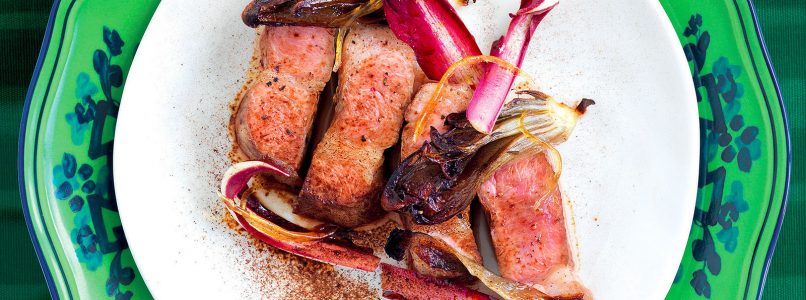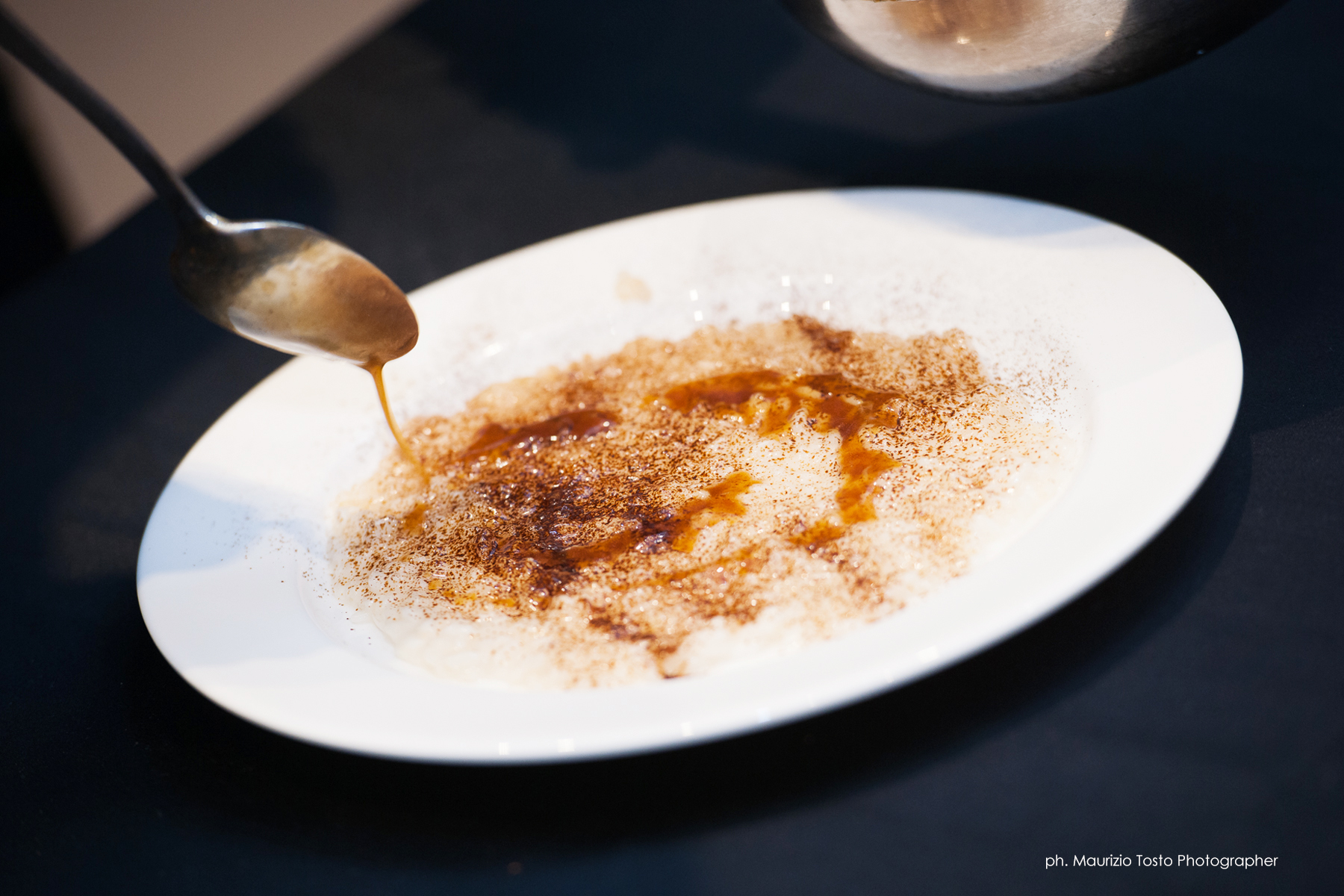A visit to a field of licorice and then in a processing plant it was an opportunity to discover the secrets of the black gold collection of Calabria. That of plain of Sibari it is the ideal habitat for the growth of this root, with a thousand properties and full and intense taste. To tell it is Antonio Massarotto, director of the Consortium for the Protection of Liquorice of Calabria Dop and administrator of Nature Med, the largest producer of Calabrian licorice. Together with the other producers, Massarotto fought for the recognition of PDO, arrived in 2012, and continues to fight so that in his land the use of Calabrian roots is privileged rather than imported ones.
It is harvested every 3-4 years
Harvesting takes place every 3-4 years at the end of summer and is a very tiring job, because it is done almost entirely by hand. "At one time even the plow was manual, but today we help ourselves with a tractor, which mounts a plow that reaches a depth of 60 centimeters, in compliance with the specification", explains Massarotto. The tractor cuts the licorice root, making it protrude from the ground and still leaving a good half of it deep, which will be the basis for the next harvest. Once cut, the roots are harvested by hand and combined in bundles that will then go to the processing plants, which in Calabrese are called conci .
The soil must be clayey
Licorice grows on clayey soils, its roots reach a depth of 120-130 cm, and it is a plant that grows by itself, without any particular intervention by man, apart from the effort to harvest it. Not only that, precisely because it develops in depth, other products can be cultivated at the same time on the surface. The ideal association is that with legumes, on the other hand licorice belongs to the same family, so much so that tasting the root as soon as it is extracted, its flavor recalls that of fresh peas, only afterwards does the aftertaste of licorice come into the mouth.
Because it grows well in the Sibari plain
The particular microclimate of the Sibari plain makes any product of the earth unique, starting with licorice. It is an area reclaimed first by the Greeks in ancient times, who apparently were also responsible for introducing the cultivation of licorice in Calabria, and then by Mussolini in more recent times. "The soil is clayey, it drains the water slowly, favoring the growth of a plant like that of licorice that needs a lot of moisture and also deep down the roots find sea lifts that give it a special salinity", adds Massarotto. The Calabrian PDO is however extended to 208 municipalities in Calabria distributed over several provinces along the Ionian and Tyrrhenian coast.
The liquorice of Calabria is the best in the world
"Chemical-physical studies carried out by the Mediterranean University of Reggio Calabria have shown how Calabrian licorice dop is unique for its molecular characteristics", guarantees the owner of Nature Med. Just think that it contains only 3% of glycyrrhizin, the principle active ingredient of licorice extract which can also be used as a sweetener and which is responsible for the reputation as an enemy of hypertensive liquorice.
No contraindications, not even for hypertensive people
As we said, the presence of glycyrrhizin in the Calabrian root is so low as to make this variety of licorice almost harmless even for those suffering from pressure. "The maximum limit for a hypertensive person, if he is sure to eat Calabrian licorice, can reach 5 grams per day, let's take into account that the most common packages are 10 grams".
The countless medicinal properties
Discovered by the Greeks, licorice has countless positive characteristics, from flavonoids to antioxidants. In other words, it is a natural anti-aging. It also has beneficial powers on different parts of the body. First of all the anti-inflammatory, mucolytic and emollient properties that help the airways, starting with the throat, even more so if combined with mint. Licorice is also gastroprotective and anti-ulcer, so much so that since ancient times it has been used to relieve heartburn and reflux. It is also a cure-all for the teeth, since it has anti-halitosis and anti-halitosis characteristics, as well as whitening, despite its dark color, since it contains saponin. Few people know, but it is even present in many toothpastes on the market.
Natural color is not black
Although we can speak of black gold with good reason, the freshly extracted licorice juice is not really black, but a deep brown. After several steps of concentration it is poured into blocks, which in the jargon are called loaves, which once cooled become very hard, but are still brown. It is from here that we then move on to the subsequent processing and cutting of the licorice confetti, the so-called pastigliaggio, and it is only with the nebulization of water vapor that the compound oxidizes and takes on the intense and glossy black color that everyone knows.
In gummy candies the percentage of licorice is minimal
When it comes to licorice everyone thinks of wheels, little fish and gummy candies, but in that case the presence of pure licorice is so low that it is practically a natural aroma. To really taste a pure licorice you have to try the roots, the famous sticks, or the sticks and balls, which the Calabrian tradition often wants accompanied by complementary flavors such as mint, bay leaf or bergamot.
Nothing is thrown away
The licorice root is processed by extracting the juice from the roots, which become precious processing waste. Being part of the legumes, the licorice plant is rich in nitrogen and for this reason it is used in agriculture as a natural amendment. The Massarotto family has also set up a biomass plant that transforms the wood chips and the so-called pomace resulting from the processing of licorice into thermal energy.
It is also an excellent ally in the kitchen
More and more chefs have begun to use licorice in cooking as well. Although in moderation, since its flavor is very opaque, a sprinkle of licorice powder can give an extra boost even to traditional dishes. We had a test tasting a yellow risotto in Calabrian sauce, prepared by chef Claudio Villella of the Olimpo restaurant in Catanzaro Lido. The Milanese dish par excellence was made Calabrese Doc by the chef, who used rice and saffron both from the plain of Sibari, and closed the dish with a sprinkling of Calabrian Dop licorice that gave an interesting peak of taste.


